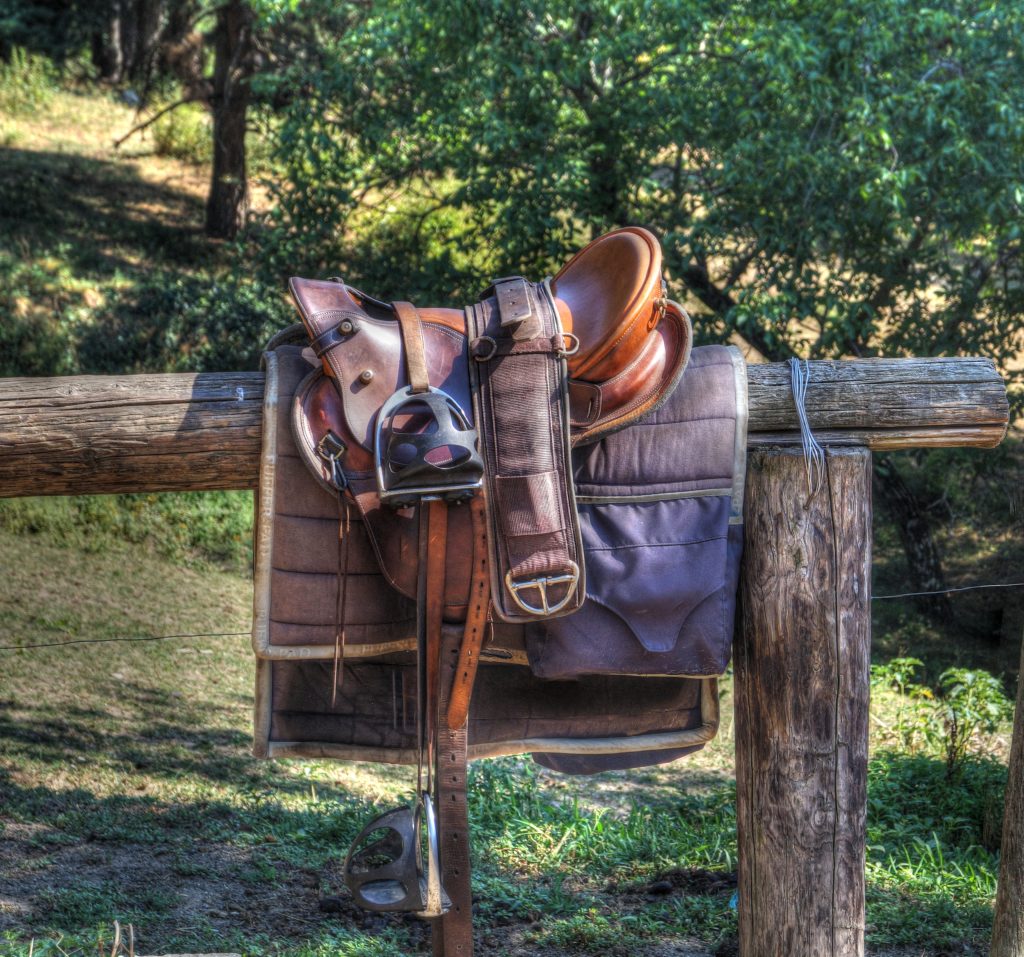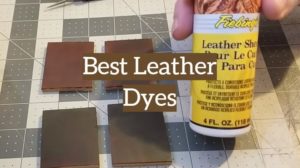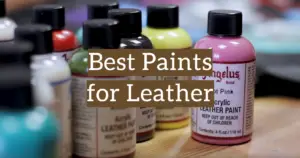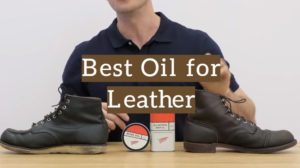
Introduction: The Versatility of Saddle Soap
Saddle soap is far more than just a cleaner for your equestrian gear. This versatile product is designed to clean, condition, and preserve leather, making it an indispensable item for anyone invested in maintaining the longevity and quality of their leather goods. While you can easily purchase saddle soap from various retailers, creating your own blend at home can provide a customized solution that suits your specific leather care needs. In this guide, we’ll walk you through the processes of making both conditioning saddle soap and cream-based saddle soap.
| Aspect | Conditioning Saddle Soap | Cream-Based Saddle Soap |
|---|---|---|
| Primary Purpose | Cleans and conditions leather | Primarily for conditioning leather |
| Ingredients | – 3.5 cups of water<br>- 0.25 cups of neatsfoot oil<br>- 0.75 cups of grated bar soap<br>- 0.75 cups of grated beeswax or paraffin | – 1 pound of glycerin<br>- 0.25 cups of milk or cream |
| Preparation | Grate the bar soap and beeswax | Cut glycerin into small pieces |
| Cooking Process | Boil water, dissolve soap, then melt beeswax | Melt glycerin in microwave |
| Additions After Cooking | Neatsfoot oil | Milk or cream |
| Final Product Texture | Solid but malleable soap | Creamier consistency |
| Common Issues | Wax separating from the mixture | Not specified in original text |
| Best Use | Saddles, tack, shoes, belts, furniture | Delicate leather goods, added conditioning |
| Storage | Cool, dry place | Cool, dry place |
| Usage Tip | Test on a small area first | Test on a small area first |
How to Make Homemade Saddle Soap?
How to make Homemade Saddle Soap? To make homemade saddle soap, boil water, dissolve grated soap, melt grated beeswax, add neatsfoot oil, and let cool. For a creamier version, melt glycerin, mix with milk or cream, and store.

The Importance of Saddle Soap: More than Just for Saddles
Understanding the multi-purpose nature of saddle soap is the first step toward utilizing it effectively. Although traditionally employed to clean and maintain saddles and tack, saddle soap has proven effective on a wide range of leather items, such as shoes, belts, and even furniture. Its dual-action formulation not only cleans but also conditions leather, helping to retain its flexibility and resilience.
Conditioning Saddle Soap: Step-by-Step
Ingredients:
- 3.5 cups (830 mL) of water
- 0.25 cups (59 mL) of neatsfoot oil
- 0.75 cups (96 g) of grated bar soap
- 0.75 cups (64 g) of grated beeswax or paraffin
Preparing Your Ingredients
Start by grating the bar soap and beeswax. Use a grater with a hole size that you’re comfortable with; the objective is to get them to melt evenly and quickly.
The Cooking Process
- Bring 3.5 cups of water to a rolling boil in a pot designated for crafting projects. Reduce the heat to medium as soon as it starts boiling.
- Gradually stir in the grated soap until it dissolves completely.
- Introduce the grated beeswax or paraffin and continue stirring until fully melted.
Finalizing Your Soap
- Remove the pot from heat and add 0.25 cups of neatsfoot oil, stirring thoroughly to ensure complete integration.
- Keep stirring as the mixture starts to cool. You will notice it beginning to thicken. At this stage, pour the thickened liquid into a jar or a container for storage.
- Let it sit until it becomes solid to the touch, signaling that your conditioning saddle soap is ready to use.
Cream-Based Saddle Soap: A Different Approach
Ingredients:
- 1 pound (0.45 kg) of glycerin
- 0.25 cups (59 mL) of milk or cream
Preparing Glycerin
- Cut your 1-pound block of glycerin into small, thumb-sized pieces for quick and even melting.
Microwave Melting
- Place glycerin chunks in a microwave-safe bowl.
- Heat at medium power in 30-second intervals, stirring in between, until fully melted.
Final Steps
- Add 0.25 cups of milk or cream to the melted glycerin while stirring.
- Once fully mixed and beginning to thicken, pour the mixture into a jar for storage.
Frequently Asked Questions
- Why is my wax separating from the mixture?
Incomplete mixing or inadequate heat might be the cause. - Can I use any soap bar instead of glycerin?
Glycerin is preferred for its effectiveness and compatibility with leather.
Pro Tips for Enhanced Leather Care
- Always test a small, inconspicuous area before applying saddle soap widely.
- Store your homemade saddle soap in a cool, dry place to extend its lifespan.
Whether you are an equestrian enthusiast or someone who simply appreciates the beauty and durability of leather, this guide offers you a comprehensive approach to creating your own saddle soap. Happy crafting!









